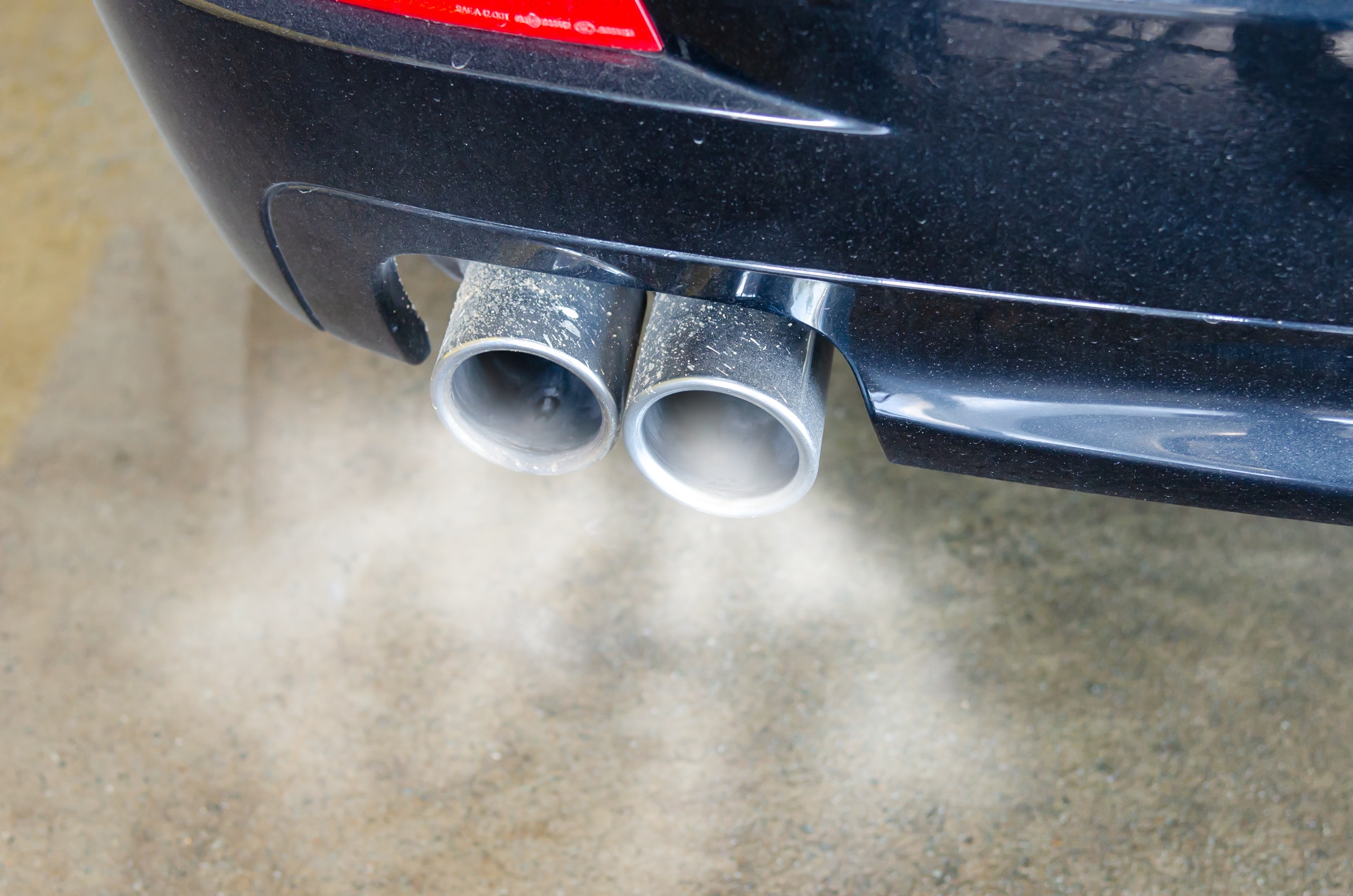Carbon Monoxide Exposure
by Grant D. Lackey, PharmD, FCSHP
Carbon monoxide (CO) is a poisonous, colorless, odorless, and tasteless gas. Although it has no detectable odor, CO is often mixed with other gases that do have an odor. So, you can inhale carbon monoxide right along with gases that you can smell and not even know that CO is present.
Carbon monoxide poisoning is caused by inhaling combustion fumes. When too much carbon monoxide is in the air you’re breathing, your body replaces the oxygen in your red blood cells with carbon monoxide. This prevents oxygen from reaching your tissues and organs.
Various fuel-burning appliances and engines produce carbon monoxide. The amount of carbon monoxide produced by these sources usually isn’t a cause for concern, but if they’re used in a closed or partially closed space — cooking with a charcoal grill indoors, for example — the carbon monoxide can build to dangerous levels and cause serious toxicity. The fumes from an internal combustion engine in an automobile are some of the most common sources of exposure. Smoke inhalation during a fire can also cause carbon monoxide poisoning.
Depending on the concentration of the product and amount ingested, some patients with CO poisoning may experience:
- Dull headache
- Weakness
- Dizziness
- Nausea or vomiting
- Shortness of breath
- Confusion
- Blurred vision
- Loss of consciousness
Carbon monoxide poisoning can be particularly dangerous for people who are sleeping or intoxicated. People may have irreversible brain damage or even die before anyone realizes there’s a problem.
Simple precautions can help prevent carbon monoxide poisoning:
- Install carbon monoxide detectors.
- Open the garage door before starting your car; never leave your car running in your garage.
- Use gas appliances as recommended.
- Never use a gas stove or oven to heat your home.
- Use portable, gas camp stoves outdoors only.
- Don’t run a generator in an enclosed space.
- Keep all fuel-burning appliances and engines properly vented.
- Ask your utility company about yearly checkups for all gas appliances, including your furnace.
- Clean your fireplace chimney and flue every year.
- If carbon monoxide poisoning has occurred in your home, it’s critical to find and repair the source of the carbon monoxide before you stay there again. Your local fire department or utility company may be able to help.
- Use caution when working with solvents in a closed area. Only use them outdoors or in well-ventilated areas.
- Methylene chloride, a solvent commonly found in paint and varnish removers, can break down (metabolize) into carbon monoxide when inhaled.
- Carefully read the instructions and follow the safety precautions on the label.
If you know of anyone with any accidental or intentional inhalation of a product containing carbon monoxide, immediately move the person to fresh air and contact your regional poison control center at 1-800-222-1222 for advice. If you observe anyone with serious symptoms, CALL 911 IMMEDIATELY!

